Artist Profile #1: Eadweard Muybridge
Eadweard Muybridge (1830-1904) was a British photographer who photographed animals and people in motion, creating a series of images that showed slight movements. In the late 1800s, he published several books of his motion photography and even toured in Europe and North America to show off photographs he had made using the Zoopraxiscope, a projection device he had created. The Zoopraxiscope gave the illusion of motion from its rapid projection of a series of images. It is considered to be the first movie projector. Muybridge’s photography and invention created an early foundation for what would become the motion picture industry.
Eadweard Muybridge, Animal Locomotion, 1877, collotype.
Eadweard Muybridge, Horses, Trotting, ca. 1881, albumen, published in The attitudes of animals in motion: a series of photographs illustrating the consecutive positions assumed by animals in performing various movements.
These photographs represent Muybridge’s contribution because they are a series of images of the same subject, but with slight variations of position, thus creating the illusion of motion. Work such as these are what inspired the movie industry.
Contemporary Artist Who Was Inspired by Muybridge: Manuel Cafini
I believe that Manuel Cafini is influenced by Muybridge because, like Muybridge’s, his photographs show motion. Cafini is an Italian self-taught photographer whose subjects are mostly dancers and artists. He chooses to keep his photo-taking technique undisclosed, but his photographs appear to be taken using long exposures.
Artist Profile #2: Julia Margaret Cameron
Julia Margaret Cameron (1815–1879) was an English photographer. She didn’t receive her first camera until she was forty-eight years old. In the first eighteen months after receiving her camera, Cameron had already sold eighty of her prints to Victoria and Albert Museum, set up a studio in the museum, and arranged with the West End printseller Colnaghi to sell and publish her work. In order to make negatives, Cameron used the process of wet collodion on glass plates. Her photographs, which were mostly portraits and figure studies based on literature and the Bible, are considered to be among the most highly praised Victorian photographs.
Julia Margaret Cameron (1815–1879) was an English photographer. She didn’t receive her first camera until she was forty-eight years old. In the first eighteen months after receiving her camera, Cameron had already sold eighty of her prints to Victoria and Albert Museum, set up a studio in the museum, and arranged with the West End printseller Colnaghi to sell and publish her work. In order to make negatives, Cameron used the process of wet collodion on glass plates. Her photographs, which were mostly portraits and figure studies based on literature and the Bible, are considered to be among the most highly praised Victorian photographs.
These photographs represent Cameron’s contribution because they depict her technique of wet collodion on glass plates, as well as exemplifying her portrait subject matter.
Contemporary Artist Who Was Inspired by Cameron: Mark Tucker
Mark Tucker is an American portrait photographer. He has been a photographer for over twenty years. In more recent years, he transitioned from digital cameras to using the wet plate collodion technique in later photographic series, one of which is “Mothers” and the image below is an example from it.
Mark Tucker, from the “Mothers” series
http://www.partfaliaz.com/photographers/wet-plate-collodion-contemporary-portraits-by-mark-tucker/


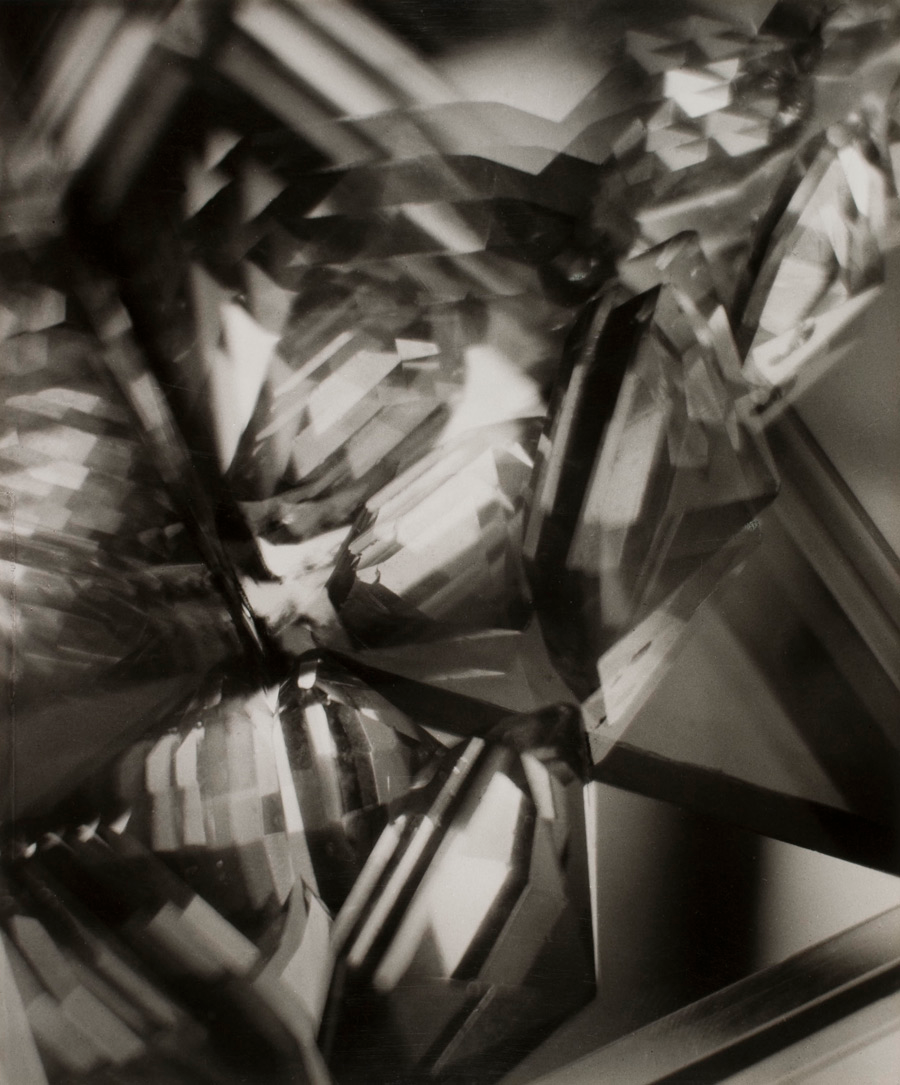


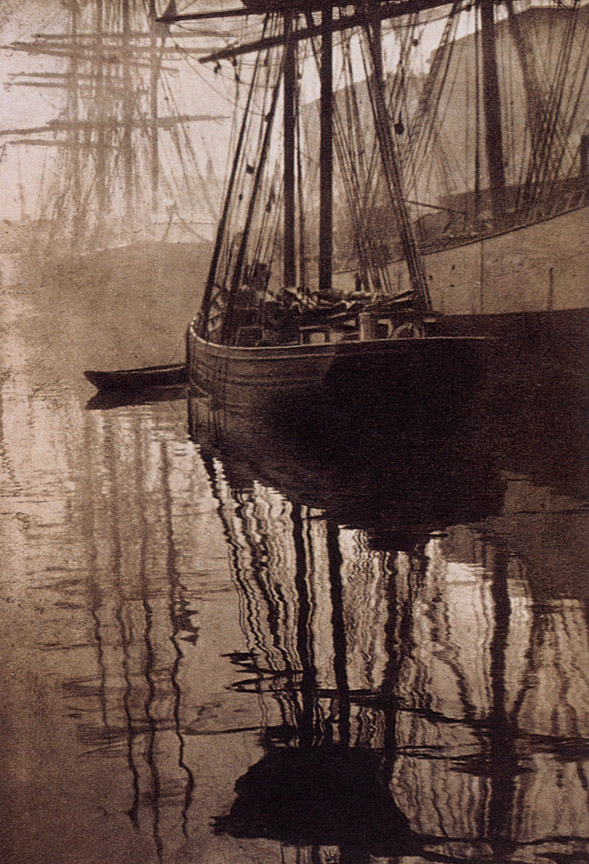
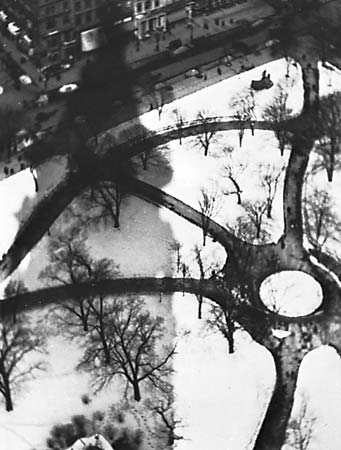


I believe Candi Qianwen Jiang was influenced by Alvin Langdon Coburn because of her use of geometric shapes to create abstract photography, like Coburn’s vortographs. Here’s what she had to say about her series: “This project represents the geometric architecture of my imagination. My concept is to change and displace the forms and structure of the buildings to create a geometric world with interesting patterns and unrealistic spaces. Sharing these images from my imagination is an exciting process, and I hope that the results will make a strong visual impact on the viewer. This project consists of 25 black and white images in square format, with post-processing done in Photoshop.” Her series won first place in the Fine Art Photography Award for abstract photography.
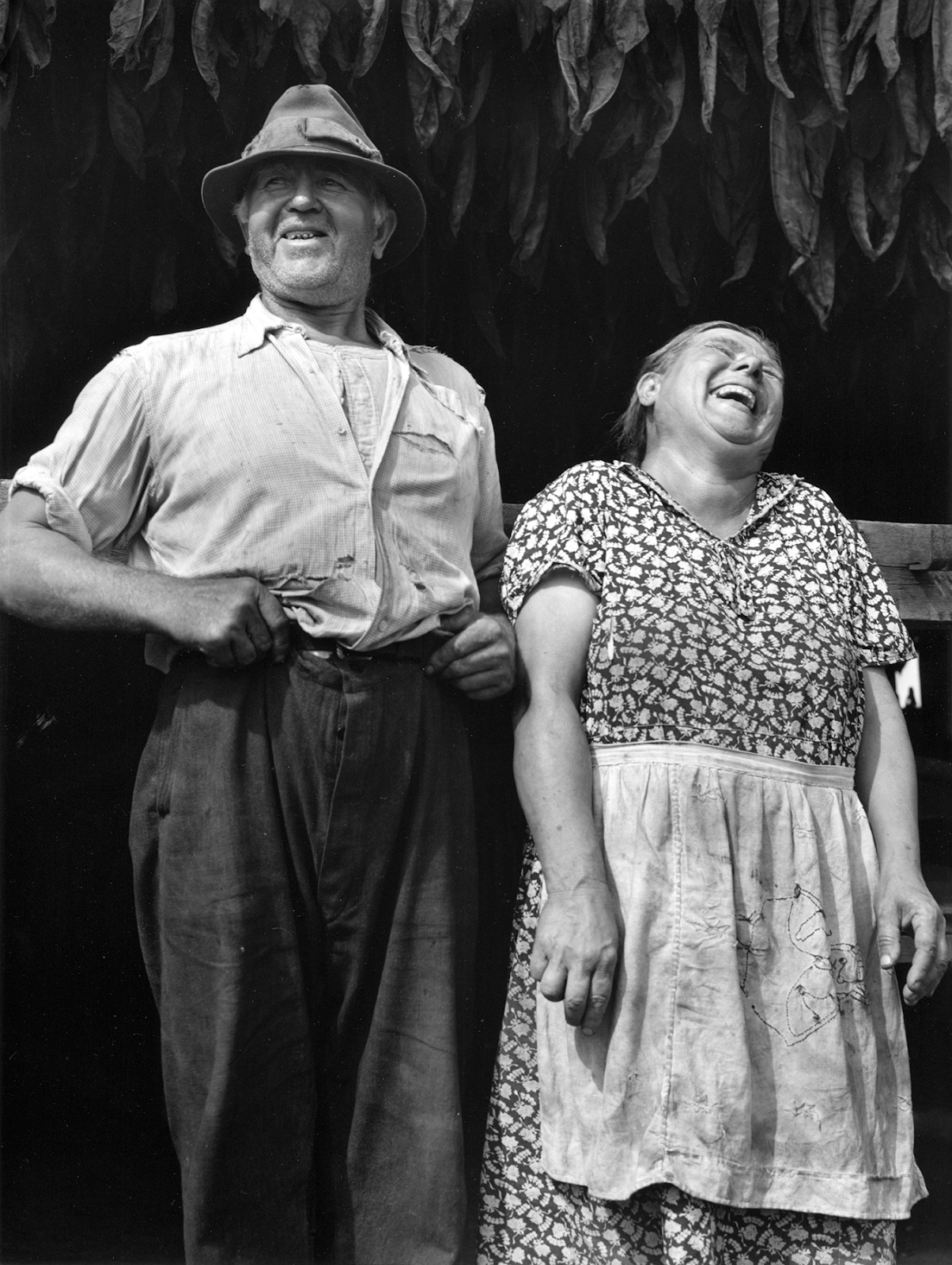








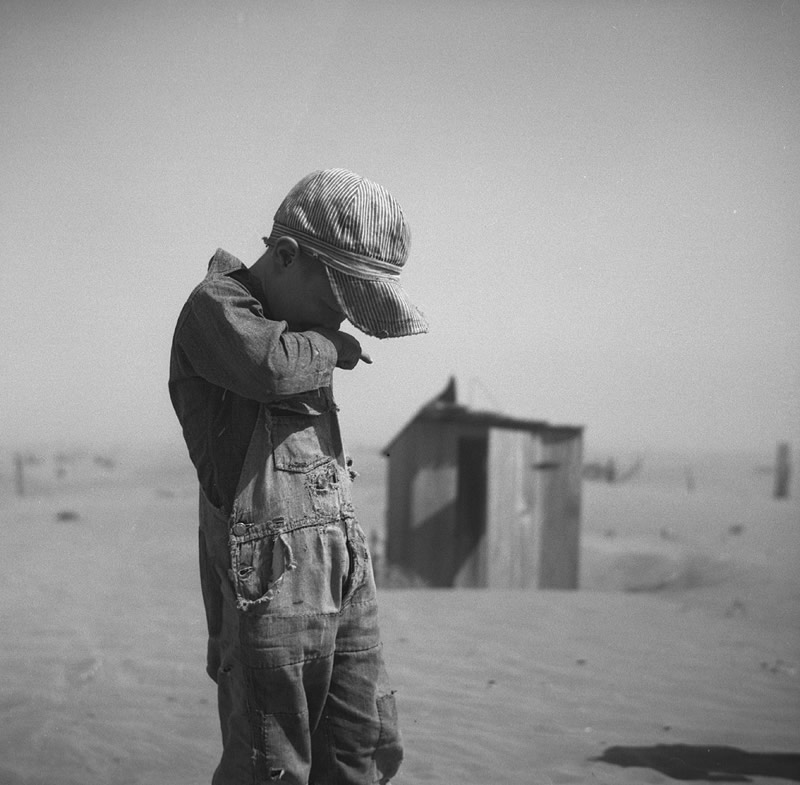
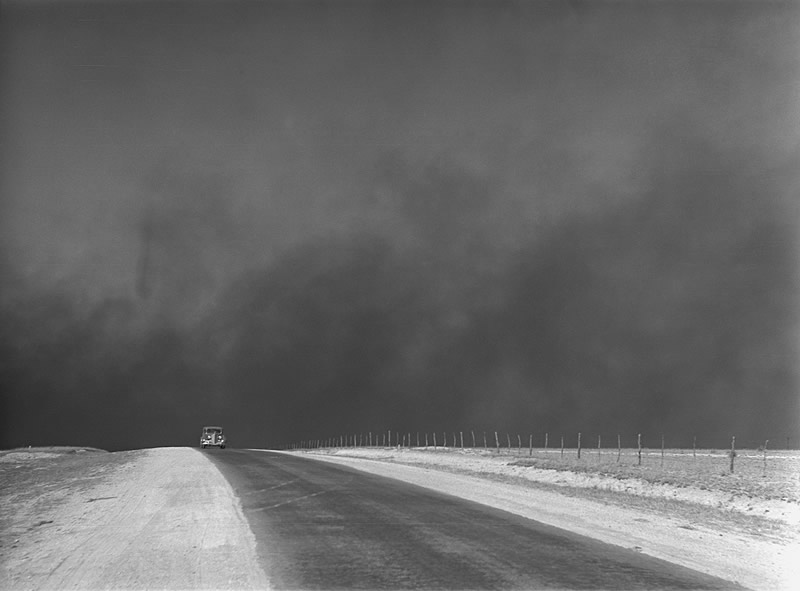
Artist Profile #3 Contemporary Wet Plate Collodion: Mark Sink
Mark Sink is a modern photographer, curator, and teacher. He has been a photographer since 1978. He was a co-founder and director of the Museum of Contemporary Art from 1999 to 2000. His family has a history of photography. His great grandfather, James L. Breese, was the founder, member, and main inspiration for one of the earliest American groups of fine art photographers, known as the Camera Club of NY. Breese’s uncle, Samuel Finley Breese Morse, was known as “the father of American photography” and invented the telegraph. In response to his family’s photography history, Sink formed a monthly salon of artists both online and in his living room. Sink is known for his photographs using a toy plastic camera, the Diana, but has more recently begun working with wet plate collodion. The subject of his wet plate photographs are mostly nude women, often with flowers around or on them.
Mark Sink
Anastasia Arteyeva, Mark Sink
These examples of Sink’s photographs show his most common subject (women, often nude with flowers) and were done using wet plate collodion.
Artist Profile #4 Photo Secession Group: Alvin Langdon Coburn
Alvin Langdon Coburn (1882-1966) was an American-born British photographer and created the first completely non-objective photographs. He was first introduced to photography when he was given a camera at age eight, but it wasn’t until he met Edward Steichen in 1899 that he became a serious photographer. In 1902, Coburn opened a studio in which he exhibited his prints and he also became a member of the Photo-Secession, a group of American photographers. In 1904, he began photographing celebrities and in 1917, he began creating the first non-objective photographs, which he called vortographs.
Vortograph
Alvin Langdon Coburn
1917
Alvin Langdon Coburn
Vortographs from the George Eastman House Still Photograph Archive
Alvin Langdon Coburn
Spider-webs, Alvin Langdon Coburn, Photogravure published in Camera Work, No 21, 1908
The Octopus, Alvin Langdon Coburn, New York, platinum print, 1912
These photographs show Coburn’s abstract photography as well as his photographs of real life in the city.
Contemporary Artist I Believe Was Influenced by Alvin Langdon Coburn: Candi Qianwen Jiang
Candi Qianwen Jiang
From “My Geometric World” Series
What is FSA?
FSA stands for the Farm Security Administration and was established in 1937 in the Department of Agriculture. It was created in order to record impoverished farmers during the Great Depression and the Dust Bowl. During the time the FSA was in effect (1937-1944), there was also a small photography organization managed by Roy Stryker. These photographers photographed the challenges of rural poverty. The Information Division of the FSA took up the goal of “introducing America to Americans” by focusing on photography and written narratives. The photographers went from focusing on sharecroppers in the South and agricultural workers in the Midwestern and western states, to expanding to recording both rural and urban U.S. conditions, as well as mobilization efforts for WWII. These photographers included Jack Delano, Walker Evans, Dorothea Lange, Russell Lee, Gordon Parks, Marion Post-Wolcott, Arthur Rothstein, Ben Shahn, John Vachon, and others. FSA photography showed people the reality of poverty and hardship.
Artist Profile #5- FSA Photographer-Jack Delano (1914-1997):
Jack Delano became a member of the FSA in 1940. He photographed coal miners, sharecroppers, railroad men and railroads, Puerto Rican canecutters, as well as many others. He always had a deep respect for his subject and said in his autobiography, “To do justice to the subject has always been my main concern.” He later became a documentary filmmaker, television executive, illustrator, and classical composer.
Jack Delano, Mr. and Mrs. Andrew Lyman, Polish tobacco farmers near Windsor Locks, Connecticut, 1940.
Jack Delano
Jack Delano, Bootleg Coal Miner near Pottsville, PA, 1938. Gelatin silver print. Joseph and Charlotte Lichtenberg Collection.
Jack Delano
Jack Delano, Unemployed men outside of stores in town. Childersburg, Alabama
Jack Delano
Jack Delano, Chicago Railroads, 1942
Artist Profile #6- FSA Photographer-Arthur Rothstein (1915-1985):
Arthur Rothstein had a 50 year long career as a photographer and is considered one of America’s first photojournalists. He was staff photographer at the Resettlement Administration for five years, during which he took iconic photographs of rural America during the Great Depression. In his 1986 book, Documentary Photography, he said, “The aim is to move people to action, to change or prevent a situation because it may be wrong or damaging, or to support or encourage one because it is beneficial.” He wanted to show the devastation of the Great Plains to the people living in Eastern America. His first FSA project was to photograph people in the Blue Ridge Mountains in Virginia who were being relocated. He spent time a week with them, getting to know them so that they would be comfortable when he took their photos.
Fleeing a Dust Storm (rest of citation above)
Arthur Rothstein, Mississippi sharecropper’s daughter, 1935.
Arthur Rothstein
A young boy covers his mouth during a dust storm on farm. Cimarron County, Oklahoma. April 1936.
Arthur Rothstein, A car is chased by a "black blizzard" in the Texas Panhandle, March 1936.
http://www.pbs.org/kenburns/dustbowl/photos/


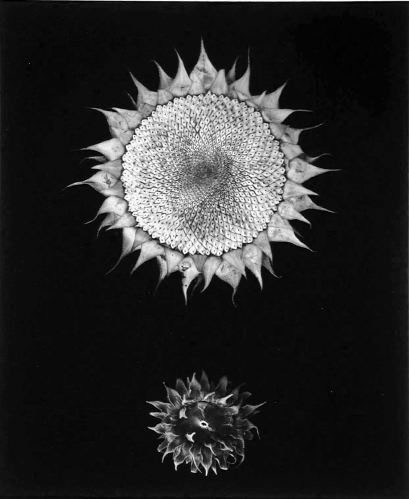


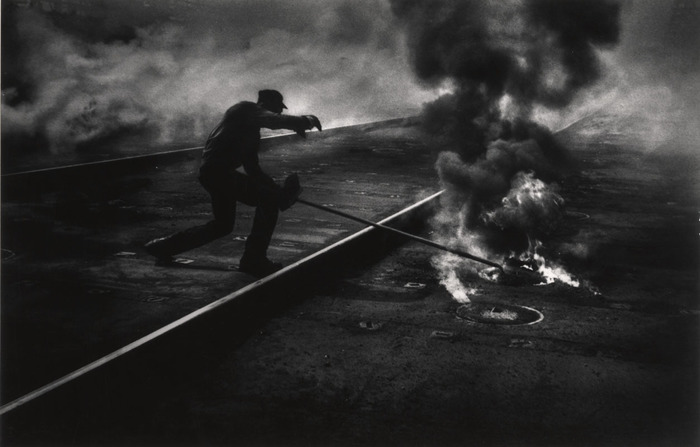
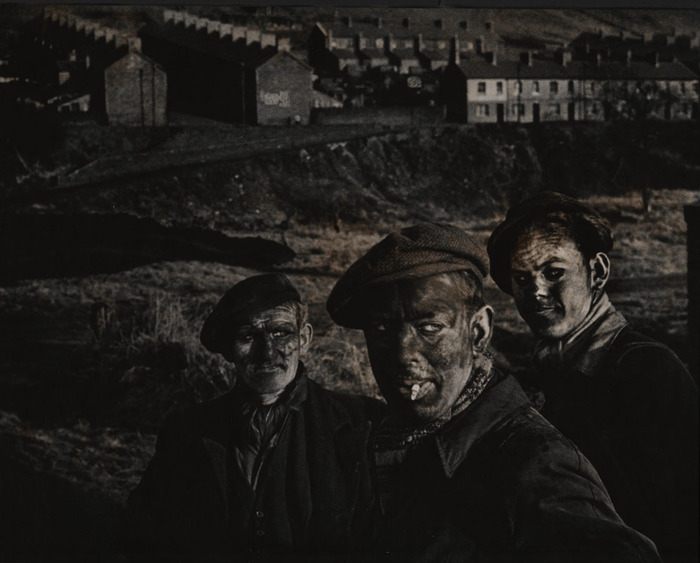

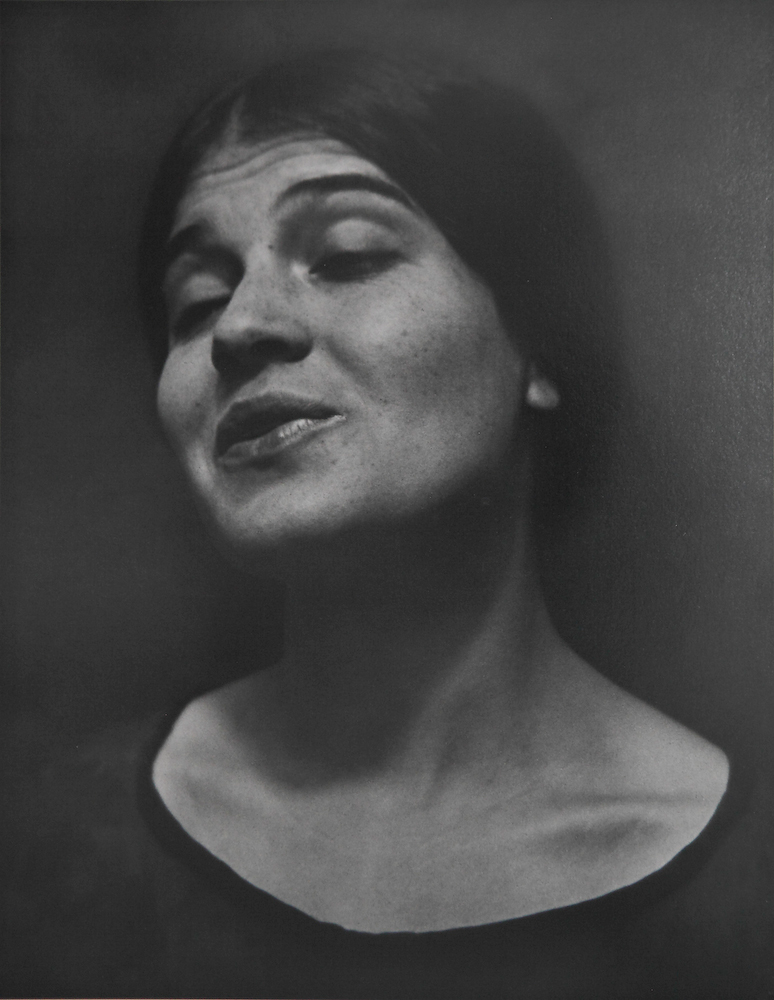

Artist Profile #7- Europe: Karl Blossfeldt
Karl Blossfeldt (1865-1932) was a German photographer most famous for his science-based close ups of plants, flowers, and seeds. He was given a scholarship in 1890 to study under decorative artist Moritz Meurer in Rome, where he created and photographed natural specimens through 1896. In 1930, Blossfeldt became a professor emeritus at the School of the Museum of Decorative Arts after teaching design there since 1898. He created a plant photography archive at the school, which he used to teach students about natural patterns. Blossfeldt never had any formal photography training, instead using homemade cameras fitted with lenses capable of extreme magnification and detail. He unintentionally became a modern artist with his scientific photographs.
Cotula Coronopifolia, Karl Blossfeldt, 1st edition photogravure, most likely 1929, 32.5 x 25 cm
Pumpkin Tendrils, Karl Blossfeldt, 1929, photogravure
These photos are examples of Blossfeldt’s plant closeups, which he was most known for.
Artist I Believe was Influenced by Karl Blossfeldt: Paul Caponigro
Dried Sunflower, Connecticut 1970, Paul Caponigro, 1970, Toned Silver Print, 9 4/5 × 7 9/10 in
Backlit Sunflower, Paul Caponigro, 1965, gelatin silver photograph, 8 x 10 in
http://susanspiritusgallery.com/artist/paul-caponigro/early-work-paul-caponigro/backlit-sunflower-2/
Both photographer’s photos are of detailed plants against a solid plain background. Caponigro even has a photo of a flower from the back, which Blossfeldt also did.
Artist Profile #8- LIFE Magazine: W. Eugene Smith
W. Eugene Smith (1918-1978) was an American photojournalist. Early in his career, he worked for Newsweek and freelanced for publications like LIFE magazine and The New York Times. In 1939, he began working as a staff photographer at LIFE and became a war correspondent during World War II. He later worked for Magnum, an international cooperative photography agency, for Hitachi in Japan, and taught at the New School for Social Research and the School of Visual Arts in New York and the University of Arizona in Tucson. He is recognized as having developed the photo essay to its “ultimate form” and being a pioneer in photojournalism with his photos that often depict social issues, suffering, and everyday people.
LIFE magazine was so special because it brought photography into both the mainstream and into the art world.
Two boys jumping with guns, W. Eugene Smith, 1940, photo-gelatin silver, 13 x 10 3/8 in
W. Eugene Smith, Dance of the flaming coke, 1955, photo-gelatin silver, 8 1/8 x 12 3/4 in.
Three Generations of Welsh Miners, W. Eugene Smith, 1950, photo-gelatin silver, size unknown
These photos show Smith’s common subject of everyday people and suffering.
Artist Profile #9-Group f/64: Edward Weston
Edward Weston (1886-1958) was an American photographer who emphasized natural forms and texture with his portraits, nudes, and landscapes. Most of Weston’s photos in the early 1920s imitated paintings. In 1923, he opened a photography studio in Mexico where he took many portraits and nudes. Several Mexican artists at the time called Weston a “pioneer of 20th century art.” He took portraits of his family in the 1940s, which have since become famous. His close up photos of vegetables have also become some of his best known photographs.
Group f/64 was a group of California photographers formed in 1932 who took highly detailed and purist photos that captured life as it was. They are named after the camera setting that allows for good depth of field and resolution. The 11 original members were Edward Weston, Brett Weston, Ansel Adams, Willard Van Dyke, Henry Swift, John Paul Edwards, Consuelo Kanaga, Alma Lavenson, Preston Holder, and Sonya Noskowiak.
Pepper No. 30, Edward Weston, 1930, gelatin silver print, 9 1/2 in. x 7 9/16 in.
Tina Reciting, Edward Weston, 1924, gelatin silver print
Dunes, Oceano, Edward Weston, 1936, gelatin silver print
These photos show an example of Weston’s human-like vegetable photos, his portraits, and his landscapes. Lighting and texture is an important component of all these photos.






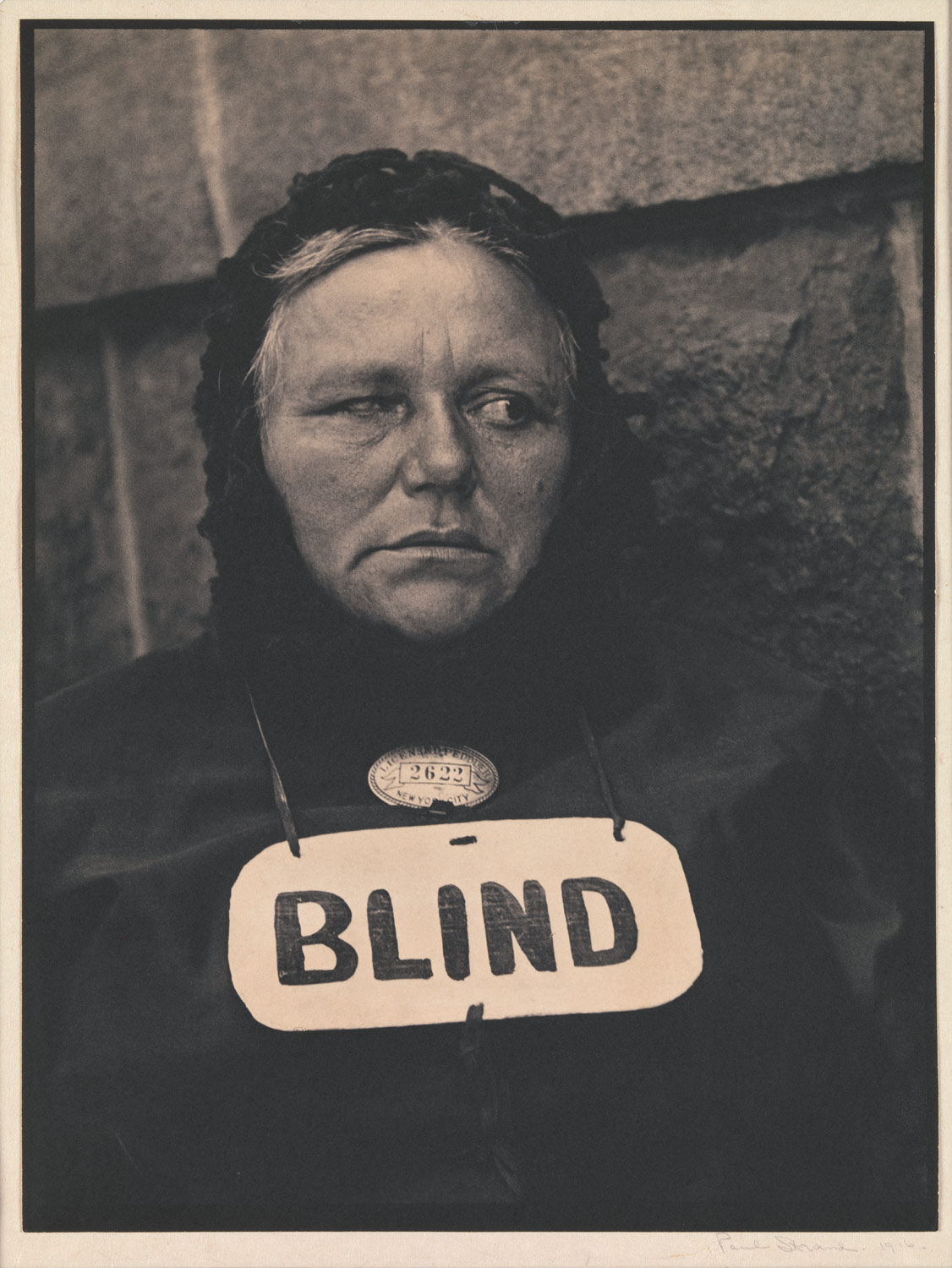


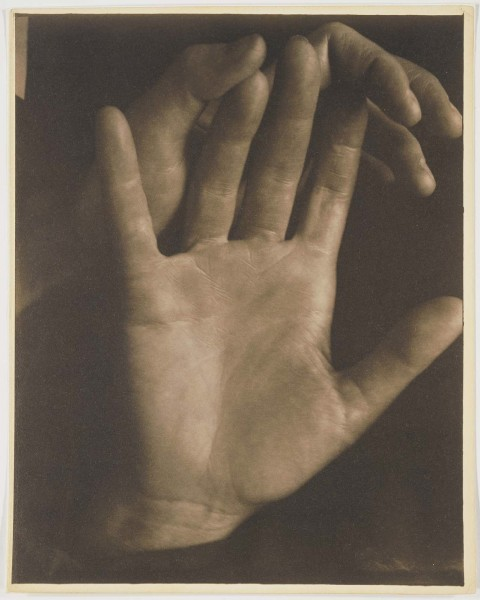

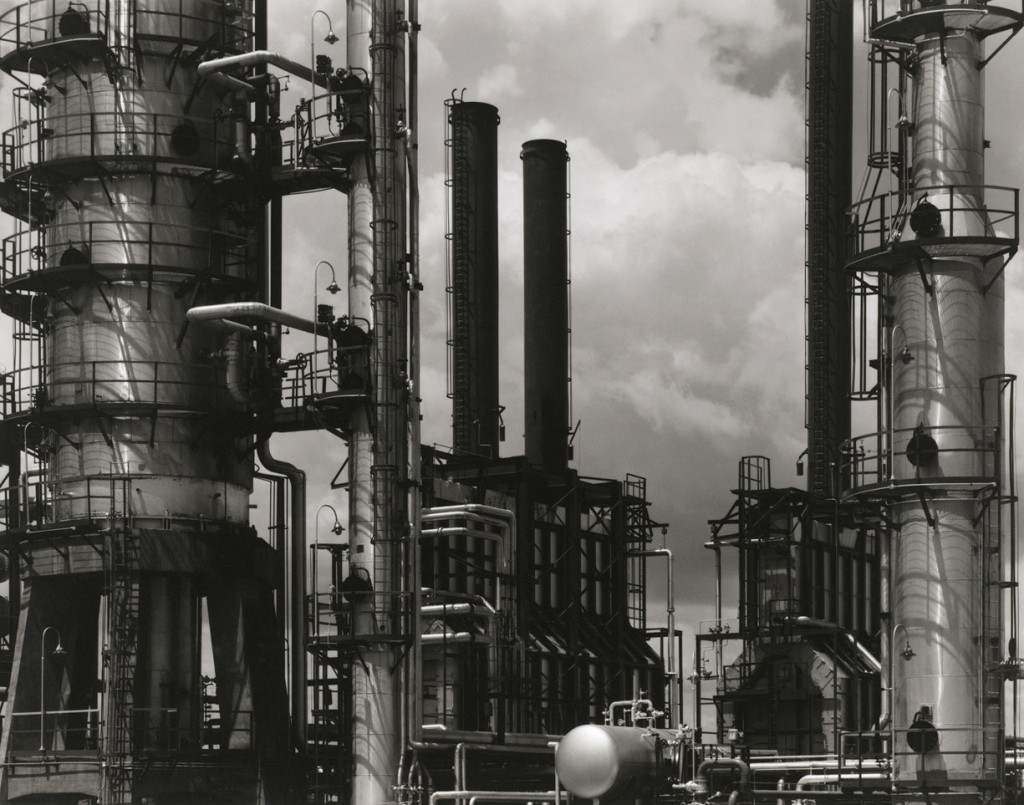


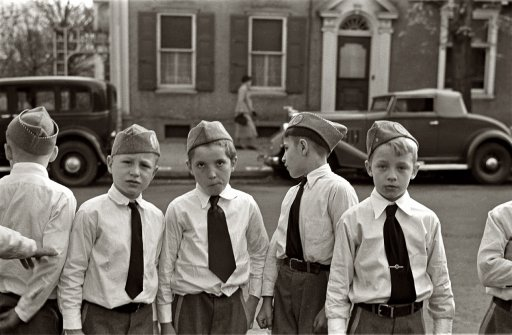
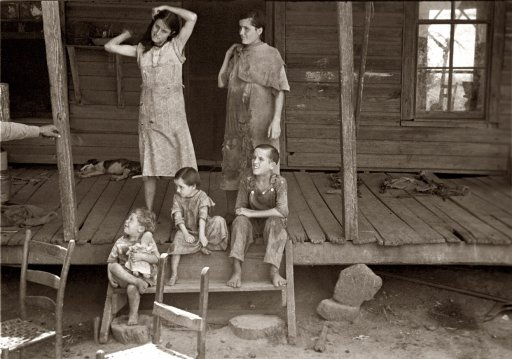
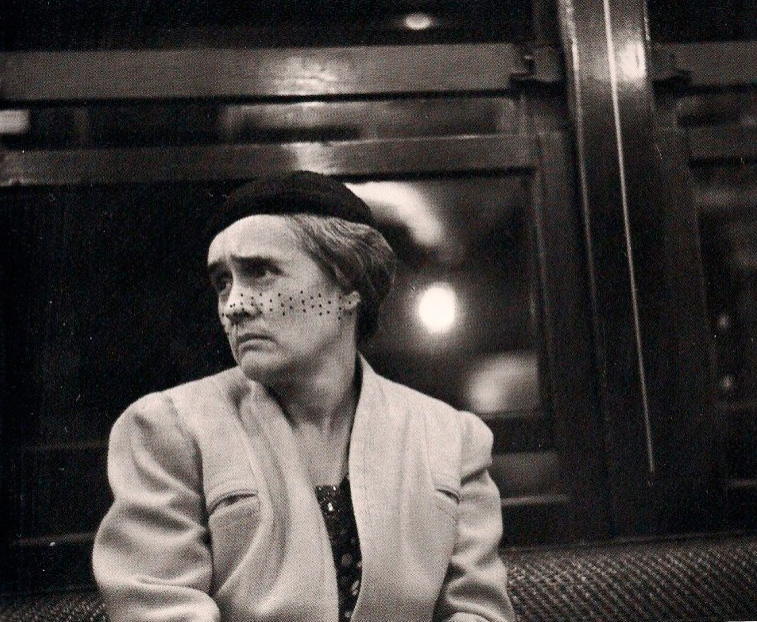



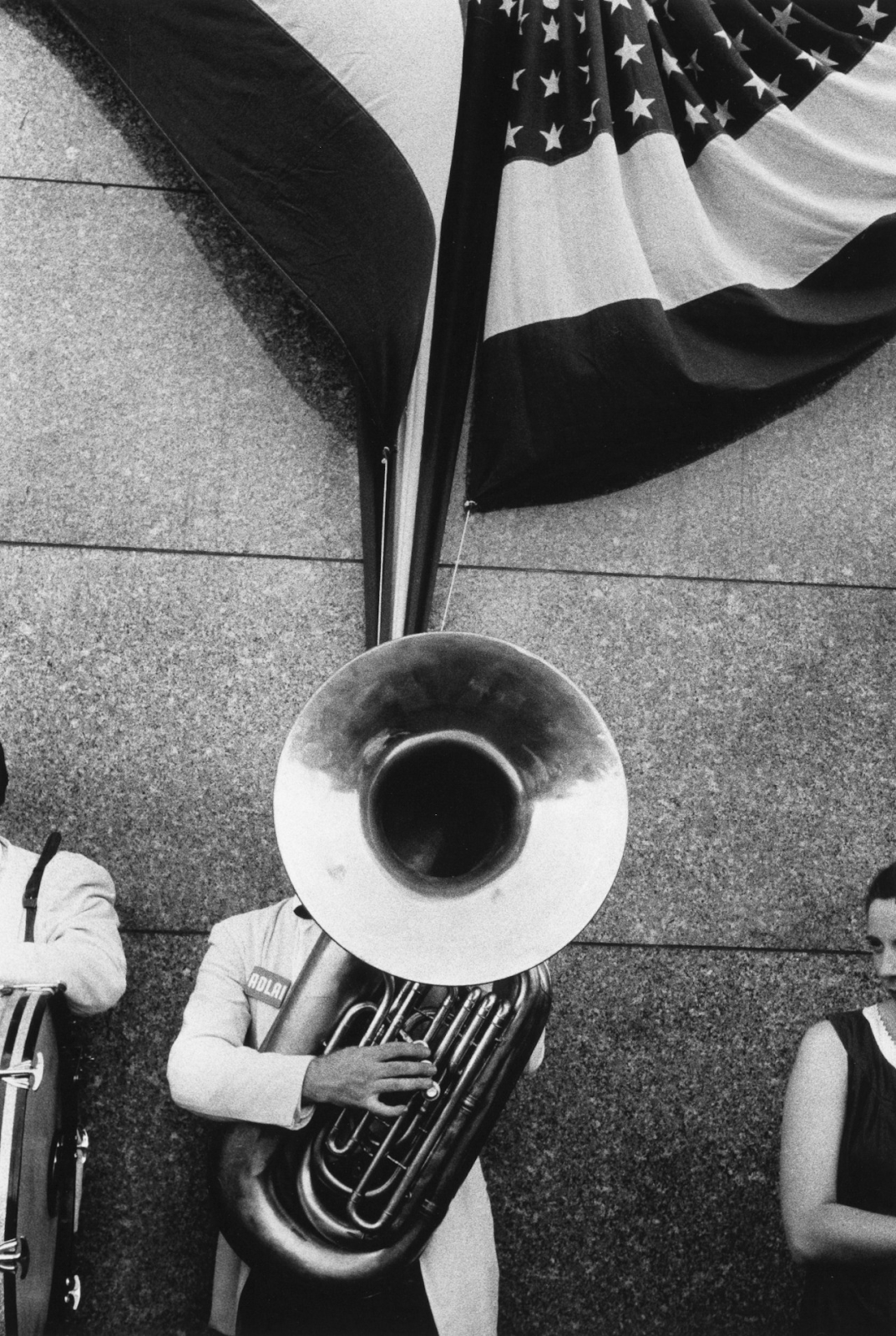

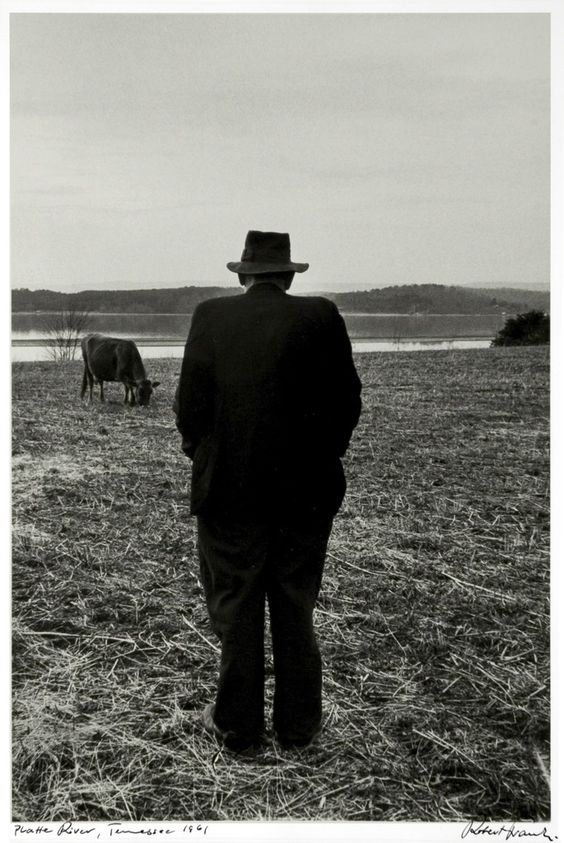
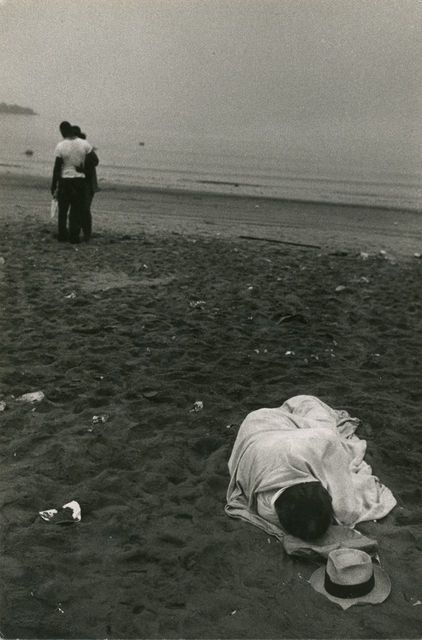
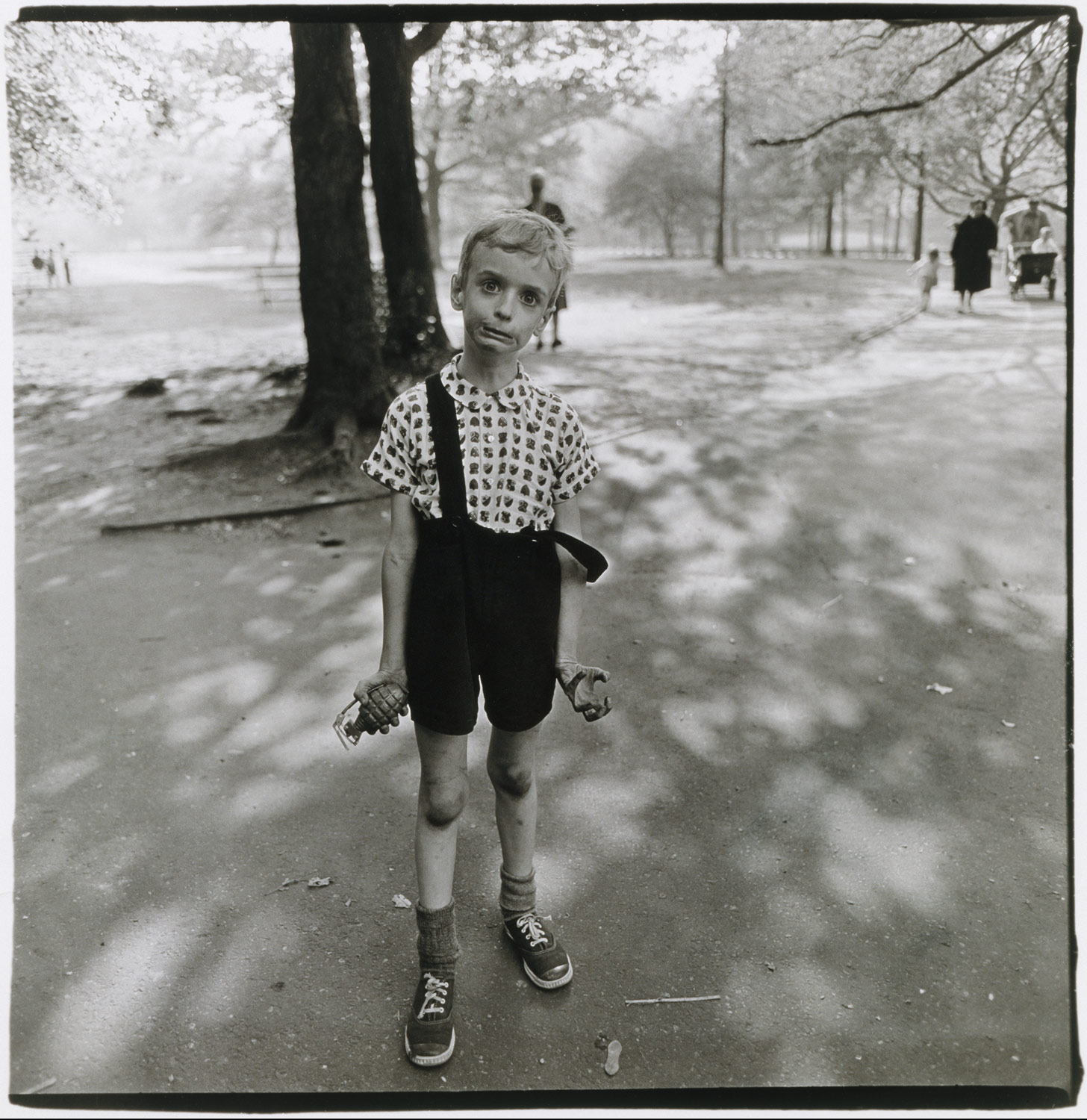
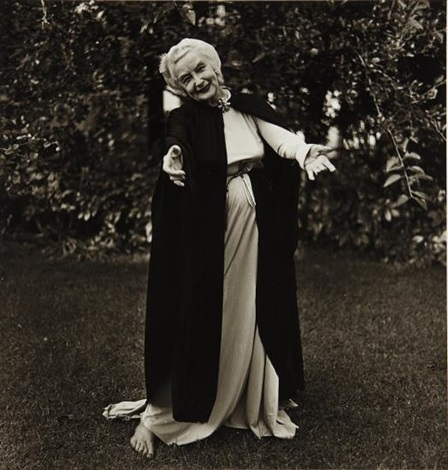



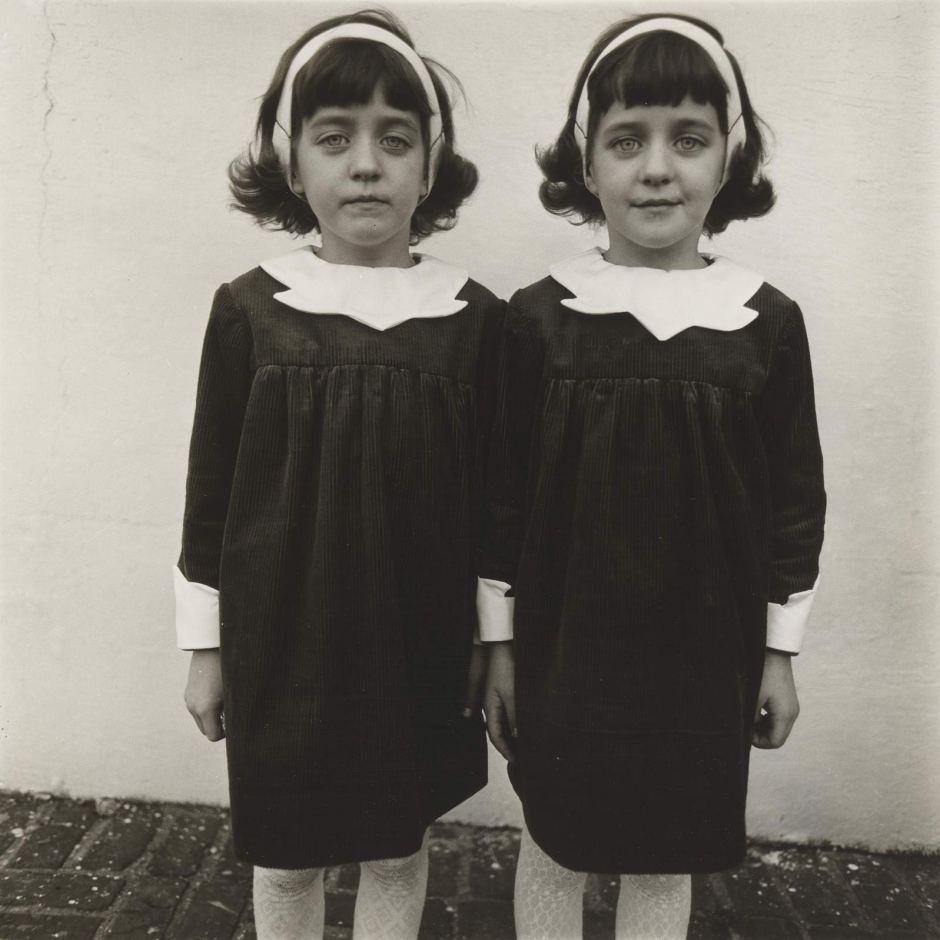






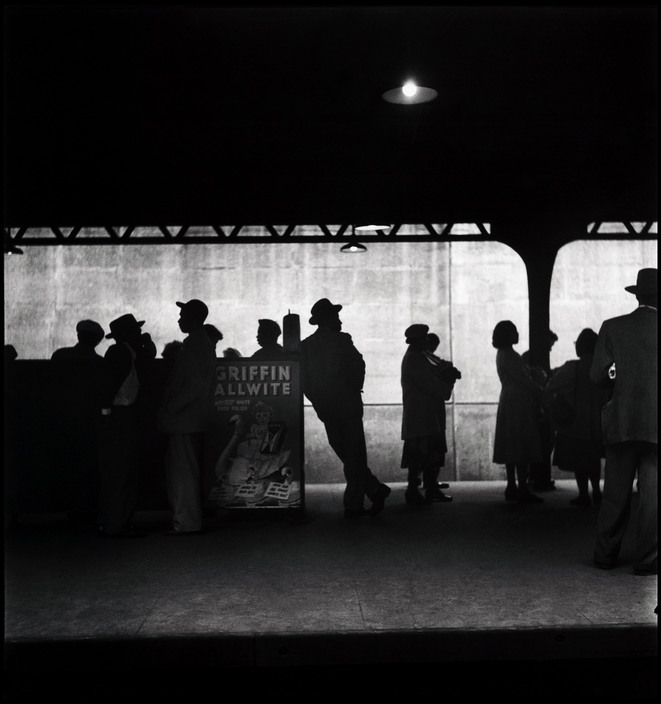
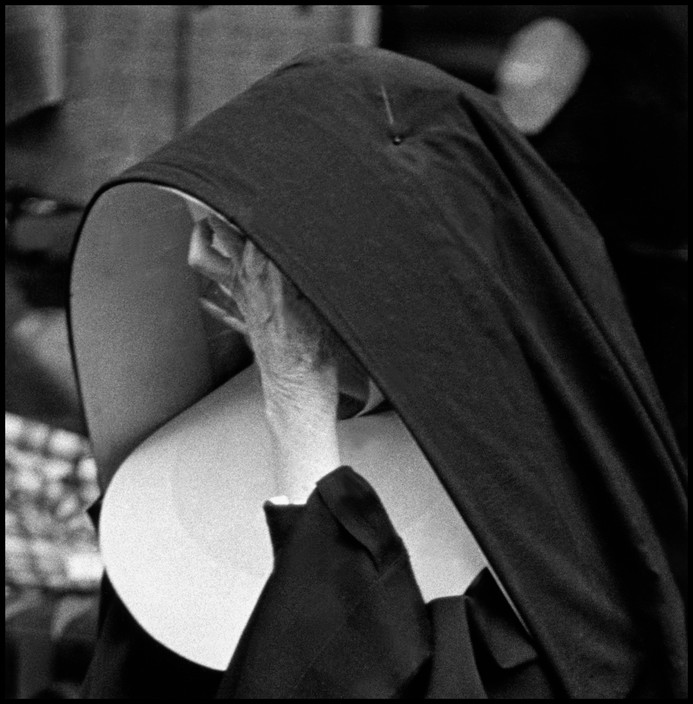
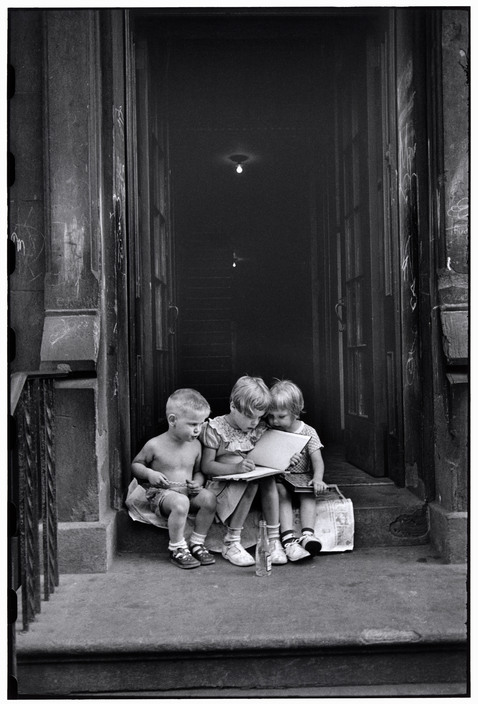


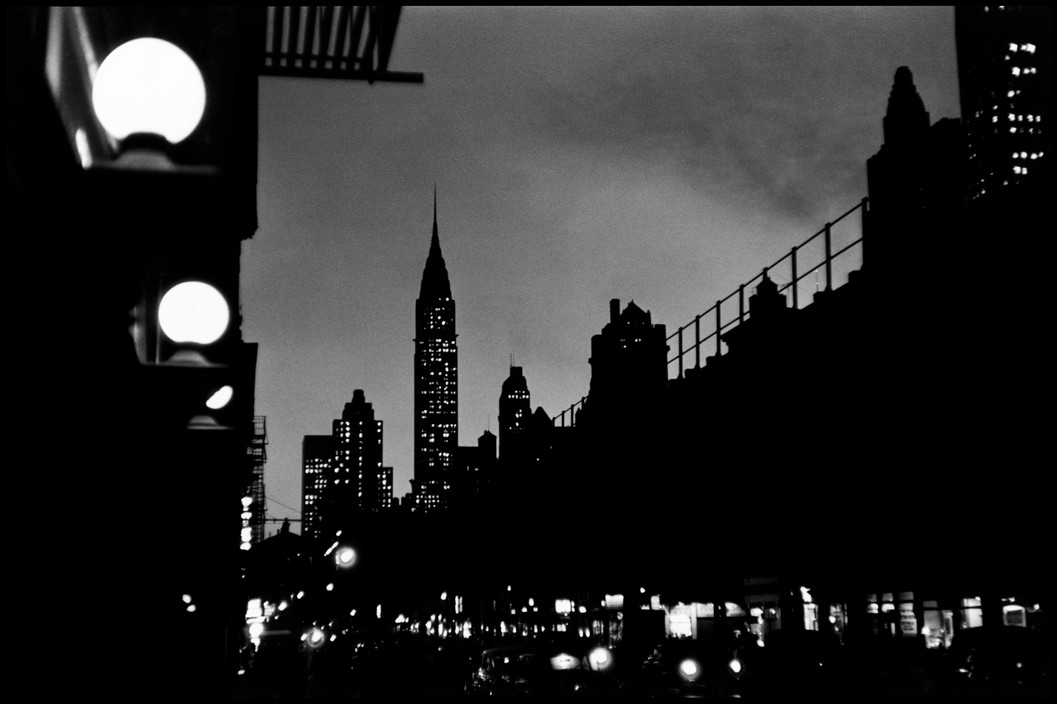


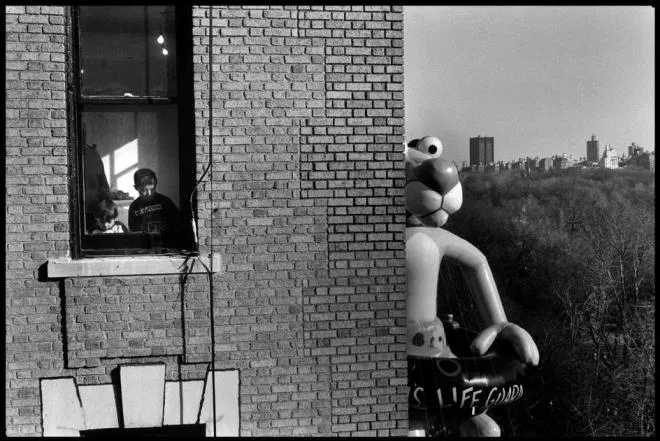

Artist Profile #10: Henri Cartier-Bresson (1908-2004)
Henri Cartier-Bresson was a French photographer who was considered a photojournalist pioneer because of his “candid” and “spontaneous” street photography. He accomplished a lot in the photography world in his lifetime. In 1931, he bought his first 35mm Leica camera. A few years later, his work had been featured in major exhibits in multiple cities. After meeting photographer Paul Strand, Cartier-Bresson dabbled in film. In 1940, after the German invasion of France, he joined the army, but was captured and put into German POW camp for three years. After escaping in 1943, he returned to photography and established a photo department for the resistance. After the war ended, he was tasked by the US to direct a documentary on the return of French prisoners. In 1947, he founded Magnum Photos, an early photo agency, with Robert Capa, William Vandivert, George Rodger, and David “Chim” Seymour. He later traveled to Asia for three years and when he returned in 1952, he published his first book, The Decisive Moment, which was a collection of his work from the last twenty years. He also photographed important events such as the Spanish Civil War and the 1968 French uprisings.
SPAIN. Valencia Province. Alicante. 1933.
MEXICO. Mexico City. Prostituées. Calle Cuauhtemoctzin. 1934.
SWITZERLAND. Region of Grisons. Village of Stampa. Swiss painter and sculptor, Alberto GIACOMETTI, at his home. 1961.
These photos depict examples of Cartier-Bresson’s street photography and portraits showing real life.
Artist Profile #11: Paul Strand (1890-1976)
Paul Strand was an American photographer who helped give photography a place in the art world and pioneered a new photographic style, which has named him as the creator of modern American photography. He was influenced by Lewis W. Hine, one of his teachers at the Ethical Culture School at which he enrolled in in 1907. Hine influenced Strand’s belief that photography “forced youngsters to recognize what is good in composition by selection from the infinite objects about them.” When his class visited Alfred Stieglitz’s 291 gallery, Strand was introduced to the Pictorialist photography style. After graduating in 1909, Strand participated in the Camera Club of New York and in 1911, he opened a commercial photography business in which, like other photographers at the time, he started using a soft-focus photography style and experimented with gum printing. However, in 1916, he began to make artistic photography without manipulating the camera or development, having been influenced by sculptures and paintings of the time. By making this departure, he strayed away from Pictorialism and focused more on shape, space, and pattern. That same year, he had his first individual show at the 291 gallery and had his first significant publication in Camera Work. At a show in Mexico in 1933 he was invited to, Strand was named Chief of Photography, Cinematography and Secretariat of Education of Mexico to the Department of Fine Arts.”
These photos show examples of Strand’s street photography, portraits, and photos focusing more on shape and space.
Artist Profile #12: Walker Evans (1903-1975)
Walker Evans was an American photographer known for his FSA and photojournalism work. He often mostly photographed American life and was an influential figure in American photography. His early photos in 1928 and 1929 were mostly of abstract patterns from modern products like skyscrapers. In late 1929, Evans discovered and was significantly influenced by Eugene Atget, a French photographer who used artistic effects in his photos of Paris. In the early 1930s, he worked only occasionally as a professional photographer, disliking the idea of photographing someone else’s idea. But soon Evans worked as a member of the FSA from 1935 to 1937. Instead of focusing primarily on people in his FSA work, he tried to depict American culture through automobiles, billboards, and store windows. Evans started working at Time, Inc. in 1943 and did so for the next 22 years. Photographers such as Diane Arbus, Robert Frank, Garry Winogrand, and Lee Friedlander credit Walker Evans as having influenced them.
Sharecropper, Summer 1936. "William Tengle, son of cotton sharecropper. Near Moundville, Hale County, Alabama." 35mm nitrate negative by Walker Evans for the Farm Security Administration.
Vicksburg: 1936, March 1936. "Street Scene, Vicksburg, Mississippi." Large-format nitrate negative by Walker Evans for the Farm Security Administration.
Bethlehem Boys, November 1935. Sons of American Legion members in Bethlehem, Pennsylvania. 35mm nitrate negative by Walker Evans for the FSA.
The Summer of ‘36, Summer 1936. Children of sharecropper Frank Tengle at their Hale County, Alabama, cabin. 35mm nitrate negative by Walker Evans.
These photos accurately represent Walker Evans’s work because they show examples of his FSA and street photography work.
Artist Profile #13: Robert Frank (1924 - )
Robert Frank is a highly influential American photographer who depicts social commentary of American life. At age 22, Frank became an industrial photographer. In the 1940s, he found success as a fashion photographer in Paris, but abandoned it in 1948 because he found it too limiting. After that he photographed in the US, Peru, and Europe from 1948 to 1953. When he returned to the US in 1955, Frank created a series of photos that were published in The Americans (1959), a photography book with text by Jack Kerouac. The publication of these photos cemented Frank as a “major creative photographer.” Following the publication, he turned to cinematography.
Trolley - New Orleans, Robert Frank, 1955, Gelatin silver print, 9 × 13 3/4 in.
Political Rally, Chicago, Robert Frank, 1956, Gelatin silver print, 11 3/8 × 7 1/4 in.
Untitled, Robert Frank, ca. 1950, Silver print, 8 3/8 × 12 in.
Platte River, Tennessee, Robert Frank, 1961, Silver print, 14 × 11 in.
Coney Island , Robert Frank, Vintage Gelatin Silver Print, 11 × 14 in.
These photos exemplify Frank’s photos as depictions of American life.
Artist Profile #14: Diane Arbus (1923-1971)
Diane Arbus was an American photographer whose work captured unique and often strange people in New York in the 50s and 60s. She first found success in the world of photography by working as a fashion and advertising photographer with her husband, but she soon diverged into her own photography. She would visit places like public parks, a morgue, and sleazy hotels to find subject matter. Several of her photos were published in an issue of Esquire magazine, which served as a jumping off point for her work and by the mid-60s, she was an established photographer. She even became friends with famous photographers such as Walker Evans and Richard Avedon. Sadly, she committed suicide in 1971.
Child with a toy hand grenade in Central Park, N.Y.C., Diane Arbus, 1962, Gelatin silver print, printed later by Neil Selkirk, 14 1/2 × 14 1/2 in.
Ruth St. Denis (alternate), Cal., Diane Arbus, 1964, Gelatin silver print, mounted, 9 2/5 × 8 9/10 in.
A Woman with her baby monkey, N.J., Diane Arbus, 1971, Gelatin silver print, printed later by Neil Selkirk, 14 × 14 in
Patriotic Young Man with a Flag, N.Y.C., Diane Arbus, 1967, Silver Gelatin Print
14 × 11 in.
Two girls on the beach, Coney Island, N.Y. 1958, 1958, Gelatin-silver print, 11 × 14 in
Identical Twins, Roselle, NJ, Diane Arbus, 1967
Untitled (five women in masks), Diane Arbus, 1970-1971, Gelatin Silver Print, 14 3/4 × 14 3/4 in
Girl with a pointy hood and white schoolbag at the curb, N.Y.C. , 1957
These photos show examples of the unusual and unique people Diane Arbus would photograph.
Artist Profile #15: Elliott Erwitt (1928 - )
Elliott Erwitt is a French-born American photographer whose work depicts irony and humor in normal life. He taught himself photography in high school and then worked as a wedding photography. In 1948, he moved to New York where he met Robert Capa, Edward Steichen, and Roy Stryker. It was Stryker who got Erwitt a job to photograph Pittsburgh, which ending up becoming Erwitt’s first significant photo essay, Pittsburgh, Pennsylvania, 1950. In 1953, Erwitt became a part of the Magnum photo agency, which had been recently created by Capa. Once he was at Magnum, Erwitt found success in his career, creating editorial, journalistic, commercial, and personal photography. His focus shifted to filmmaking in the 70s and 80s.
USSR. Moscow. 1957. 40th anniversary of the October Revolution.
USA. New York City. 1946.
USA. New York City. 1948.
USA. New York City. 1949.
USA. New York City. 1950.
USA. New York. 1955.
USA. New York. 1955. Third Avenue El.
USA. New York City. 1955. Evening scene with the Chrysler Building.
ARGENTINA. 2001. Valdes Peninsula.
These photos by Elliott Erwitt demonstrate everyday life, often in a light hearted way.
No comments:
Post a Comment